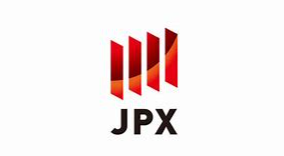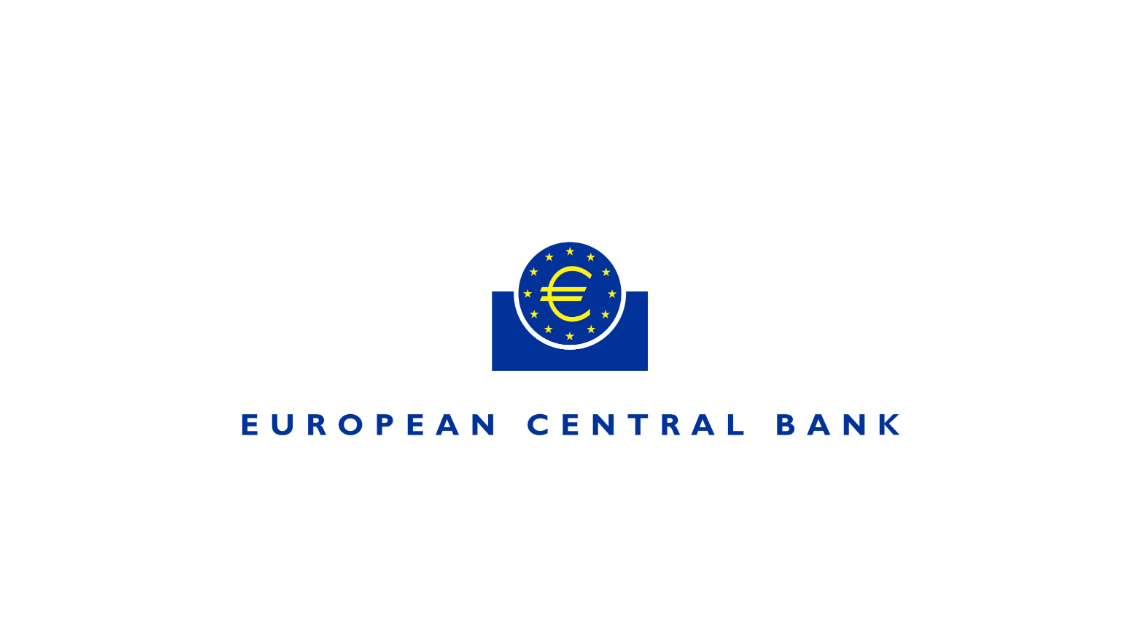Talking Trends: growth continues with uptick in inflation
Fresh statistics and high frequency data suggest continued economic growth, which is however more uneven. As the consumer sector, wholesale trade and manufacturing expanded, weaker readings were recorded in mining and quarrying, transport, and agriculture.
An acceleration was reported in the monthly growth of consumer prices (seasonally adjusted), in large measure accounted for by short-lived factors. Inflation expectations remained high. At the same time, a gradual cooling is emerging in lending, and savings are in growth territory.
The tight monetary conditions are expected to further decelerate the expansion of lending and demand in the economy, ensuring that inflation returns to 4%.
Monthly summary
Flash data and surveys point to the emergence of a trend in the growth of the Russian economy towards a gradual deceleration free of abrupt swings. While real wages remain in rapid growth territory and help shore up consumer demand, their growth slightly slowed. A spurt in consumer price growth was recorded in October–November. A return to low inflation will involve a long run of tight monetary conditions.
o The national economy remained in expansion territory in the October to November period, with growth increasingly concentrated in several segments. The growth of the consumer sector, wholesale trade and manufacturing came together with weak readings in mining and quarrying, transport, and agriculture. Corporate loans grew at an invariably high pace through October, while the credit impulse in the broader economy continued to decline. Flash data show that corporate lending grew at a markedly more moderate pace in November.
o Between October and November, more rapid growth was reported in consumer prices (seasonally adjusted). However, producer prices in consumer industries grew at a slower rate in October. The contribution of demand to current changes in consumer prices also declined. This comes as indirect evidence that current rises in retail prices are in large measure driven by short-lived market factors. Having said that, they may become protracted, given the repeat indexation of a recycling fee effective 1 January 2025 as well as the indexation of railway and passenger fares.
o In October-November, the core segments of the Russian financial market came under pressure from the uncertainty over a new large-scale package of sanctions against the domestic financial sector, among other reasons. The equity market had to operate in fierce competition from bank deposits and money market funds that offered low-risk and lucrative alternatives.
More details are presented in Talking Trends, a Bank of Russia bulletin.






















































First, please LoginComment After ~